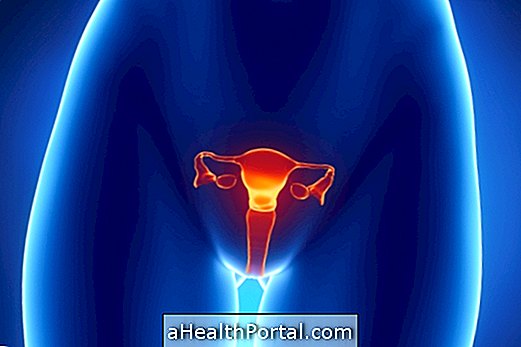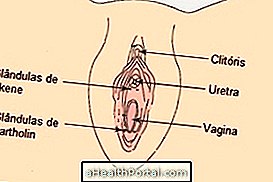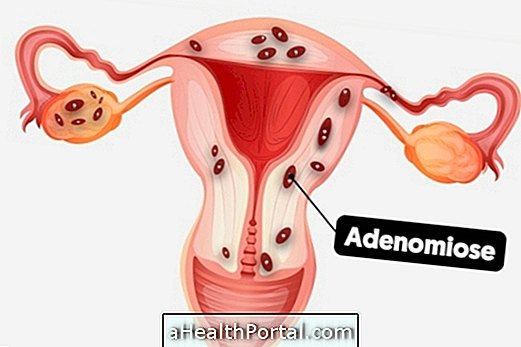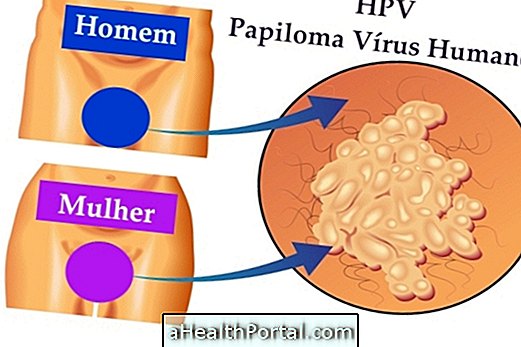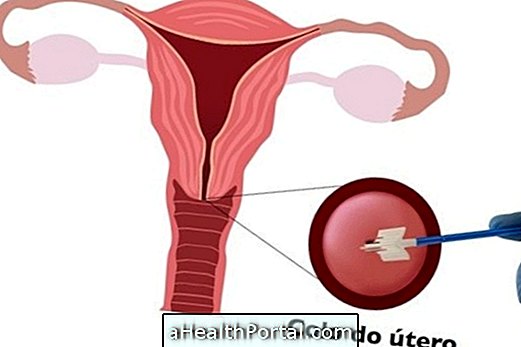Ovarian removal surgery, also called oophorectomy, is used to remove one or both ovaries and is usually done when diseases occur in these organs, such as:
- Ovarian abscess;
- Ovary cancer;
- Endometriosis in the ovary;
- Ovarian cysts or tumors;
- Twisting of ovary;
In addition, the gynecologist may also recommend ovarian removal surgery to prevent the onset of ovarian cancer, especially in women with a family history of ovarian cancer or with mutations in the BRCA1 or BRCA2 genes that increase the risk of ovarian cancer and breasts.
Surgery to remove the ovaries can be done on just one ovary or on both sides, and bilateral oophorectomy is called the latter, depending on the severity of the disease and the affected regions.
What happens after surgery
Surgery to remove the ovaries causes the onset of early menopause and, therefore, the woman can no longer conceive naturally since she stops producing eggs. However, if a woman wants to become pregnant even after removing the ovaries, she should consult a female fertility specialist because there are some techniques, such as artificial insemination or IVF, that increase the chances of getting pregnant.
In addition, with the removal of the ovaries, the woman stops producing the ovarian hormones, which can lead to an increased risk of developing osteoporosis or heart problems.
Thus, the benefits and risks of ovarian removal surgery should be discussed with the gynecologist in order to find the best treatment option, especially in women who have not yet entered the menopause.
Useful links:
- Ovary cancer
- Breast Surgery

